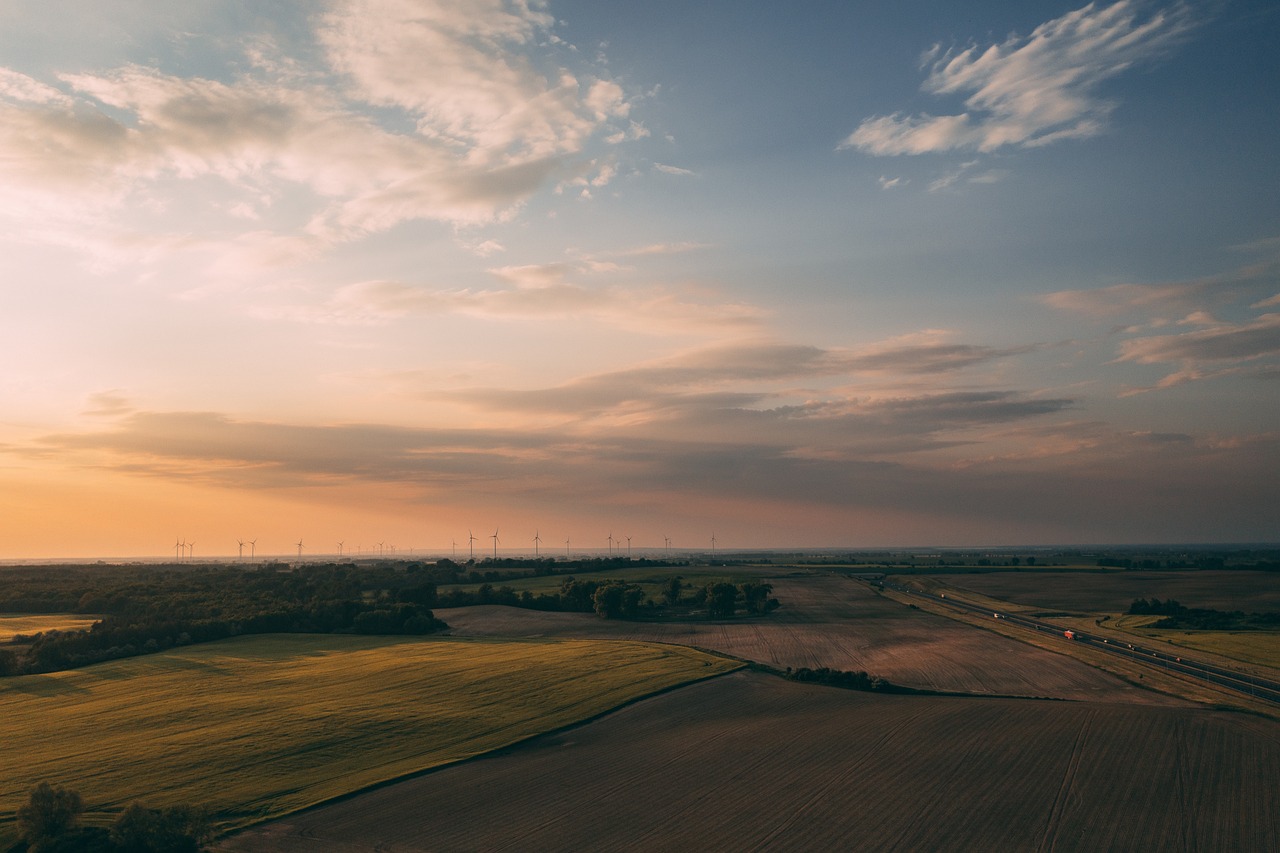Sustainability in Construction: The Future of Concrete
As we move forward in an era where environmental concerns are at the forefront of every industry, the construction sector is not exempt from this shift towards sustainability. The use of concrete, a material so ubiquitous it’s hard to imagine construction without it, is under scrutiny. This article delves into the future of concrete and its place in sustainable construction practices, exploring innovations, challenges, and the path forward.
Understanding the Current Landscape
Concrete, a mixture of cement, water, and aggregate, has been the cornerstone of construction for centuries. Its durability and versatility make it an ideal choice for buildings, roads, and infrastructure. However, the production of cement, a key component of concrete, is a significant source of greenhouse gas emissions, contributing to climate change. This dichotomy presents a challenge: how can we continue to build and develop while reducing our environmental footprint?
Environmental Impact of Traditional Concrete
The environmental impact of traditional concrete is multifaceted. The process of producing cement requires the heating of limestone and other materials to very high temperatures, a process that releases large amounts of carbon dioxide. Additionally, the extraction of aggregate materials can lead to habitat destruction and water pollution. These factors combined have led to a quest for more sustainable alternatives and innovations within the concrete industry.
Innovations in Sustainable Concrete
Several innovations are paving the way for a more sustainable future in concrete production. These include the development of:
- Low-carbon cements that reduce the amount of limestone used or incorporate industrial by-products such as fly ash or slag.
- Recycled concrete aggregates, which can replace natural aggregates, thus reducing waste and the demand on natural resources.
- Concrete mixes that incorporate supplementary cementitious materials (SCMs) to reduce the amount of Portland cement needed.
- New technologies that capture and utilize carbon dioxide in concrete production, effectively making the concrete a carbon sink.
Economic and Social Considerations
While the environmental benefits of sustainable concrete are clear, the economic and social implications must also be considered. The cost of sustainable concrete can be higher than traditional concrete, which may deter some developers. However, the long-term benefits, including reduced maintenance costs and the potential for green building incentives, can offset this initial expense. Socially, the shift towards sustainability can also impact jobs and local economies, necessitating training and adaptation in the workforce.
Case Studies and Examples
Several projects around the world are showcasing the potential of sustainable concrete. For example, buildings constructed with low-carbon concrete have not only reduced their environmental impact but have also served as educational tools, raising awareness about sustainable construction practices. The use of recycled materials in infrastructure projects has also demonstrated the feasibility of large-scale sustainable construction.
| Project | Location | Sustainable Features |
| Green Building Initiative | New York | Low-carbon concrete, recycled aggregates, green roof |
| Eco-Friendly Housing | London | Sustainable concrete, solar panels, energy-efficient design |
| Sustainable Infrastructure Project | Sydney | Recycled concrete aggregates, low-carbon cement, rainwater harvesting |
Policy and Regulation
Governments and regulatory bodies play a crucial role in encouraging the adoption of sustainable concrete practices. Incentives for green building, stricter emissions standards, and investments in research and development can all contribute to a shift towards more sustainable construction methods. Public awareness and education are also key, as consumer demand for sustainable options can drive industry change.
Conclusion and Future Directions
The future of concrete in construction is undoubtedly tied to its ability to evolve and become more sustainable. As researchers continue to innovate and industries begin to adopt these new technologies and practices, we can expect to see a significant reduction in the environmental impact of construction. For those interested in this topic, it’s worth looking into the in-depth analyses and insightful commentary provided by leading publications in the field, which offer a nuanced view of the challenges and opportunities ahead.
Frequently Asked Questions
– What is sustainable concrete? Sustainable concrete refers to concrete that is designed to have a lower environmental impact than traditional concrete, through the use of recycled materials, low-carbon cements, and innovative production methods.
– Is sustainable concrete more expensive? Initially, sustainable concrete options might be more costly, but they can offer long-term cost savings through reduced maintenance and potential incentives for green buildings.
– Can concrete really be sustainable? While traditional concrete has a significant environmental impact, innovations in the field are making it possible to produce concrete in a much more sustainable way, reducing its carbon footprint and conserving natural resources.
As we look to the future, the fusion of technology, policy, and public awareness will be crucial in shaping the role of concrete in sustainable construction. The journey towards a more environmentally conscious built environment is complex, but with continued innovation and commitment, the future of concrete can be both sustainable and bright.
